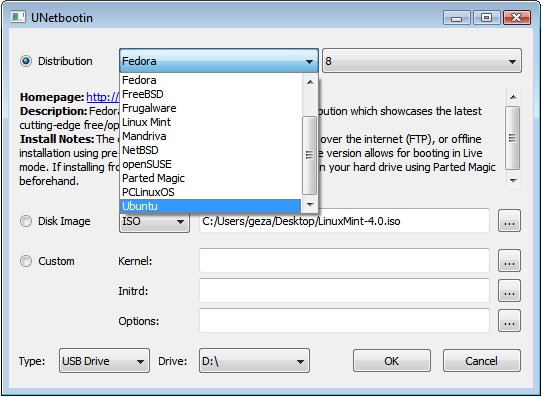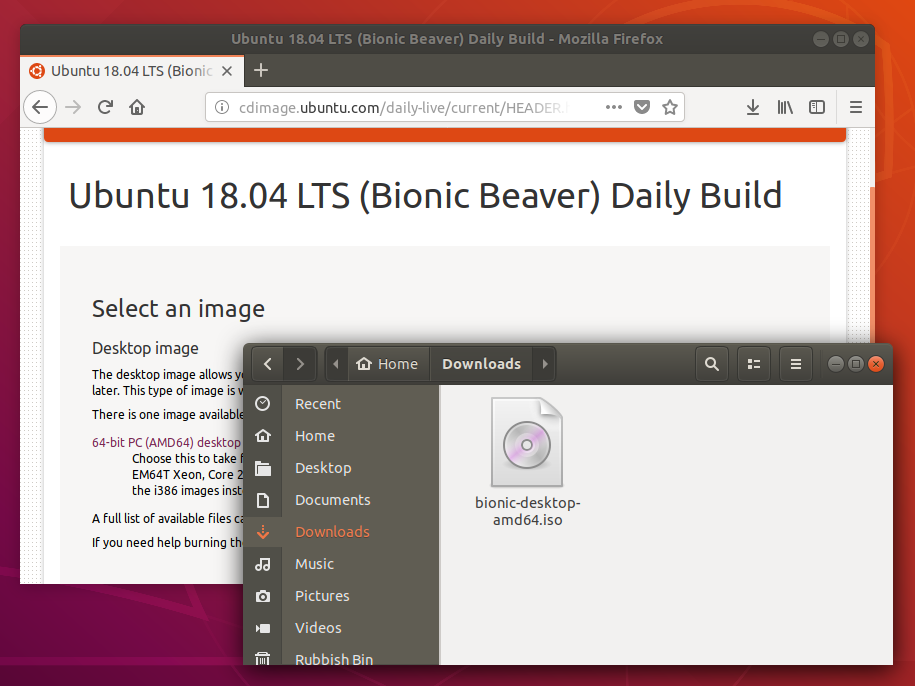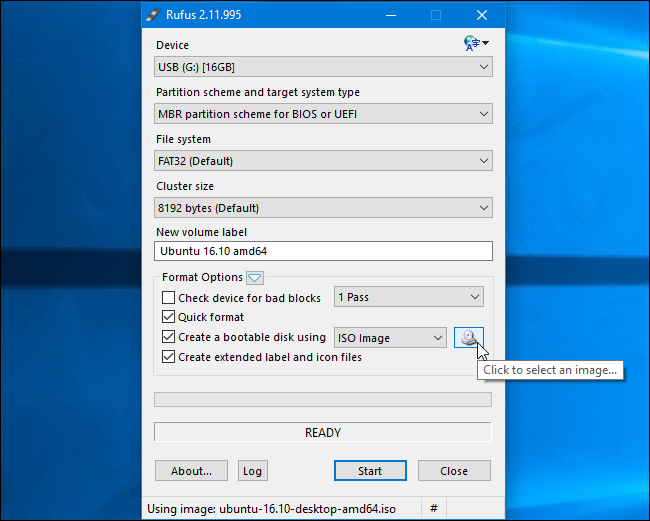
You now have a Kali Linux bootable USB key! Just plug in the USB and reboot whenever you want to use Kali Linux.



Also, by installing Kali Linux on a USB, you don’t have to risk your PC’s hard drive.īooting and installing Kali from a USB stick is our favorite and fastest method of getting up and running. This may be necessary for netbooks and other computers without CD drives and is handy for others because a USB flash drive is so convenient. The first partition is going to be formated as a FAT filesystem of size 16 and we are going to attribute it the label “liveusb”.Kali Linux can be installed to a USB flash drive. Partitions are now created, let’s format them. Finally, type w to write the change to your usb pendrive.Accept the default to make your partition as big as possible.Now we have out first partition set up, let’s create the second one: a to toggle the partition active for boot.Accept the default or type 1 to start from the first cylinder.

We are going delete all the partition and then create 2 new partition: one fat partition of 750M which will host the files from the live CD iso, and the rest on another partition.Īt fdisk prompt type d x where x is the partition number (you can simply type d if you only have one partition), then:


 0 kommentar(er)
0 kommentar(er)
